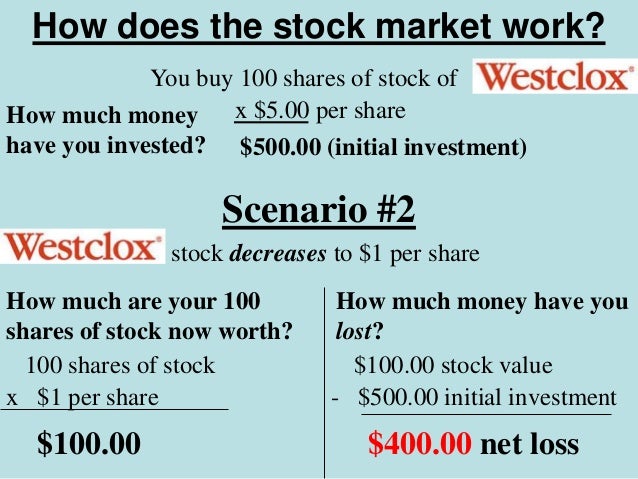If the thought of purchasing the stock market scares you, you are not alone. Individuals with really limited experience in stock investing are either terrified by horror stories of the typical financier losing 50% of their portfolio valuefor example, in the 2 bear markets that have currently happened in this millennium or are seduced by "hot suggestions" that bear the guarantee of big benefits but rarely pay off.
The reality is that buying the stock How Does Investing Work market carries danger, but when approached in a disciplined manner, it is one of the most effective ways to construct up one's net worth. While the worth of one's house usually represents the majority of the net worth of the average individual, the majority of the wealthy and very rich generally have most of their wealth invested in stocks.
Key Takeaways Stocks, or shares of a company, represent ownership equity in the company, which give shareholders voting rights as well as a recurring claim on corporate revenues in the type of capital gains and dividends. Stock markets are where private and institutional financiers come together to buy and sell shares in a public location.
For example, a specific or entity that owns 100,000 shares of a business with one million impressive shares would have a 10% ownership stake in it. A lot of companies have impressive shares that run into the millions or billions. Typical and Preferred Stock While there are 2 main kinds of stocktypical and preferredthe term "equities" is synonymous with common shares, as their combined market price and trading volumes are numerous magnitudes bigger than that of preferred shares.

Preferred shares are so named due to the fact that they have choice over the typical shares in a business to get dividends along with possessions in the occasion of a liquidation. Common stock can be more categorized in regards to their voting rights. While the basic property of common shares is that they should have equal voting rightsone vote per share heldsome business have double or numerous classes of stock with different voting rights attached to each class.